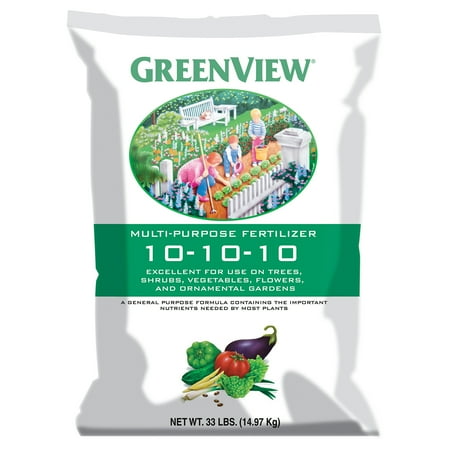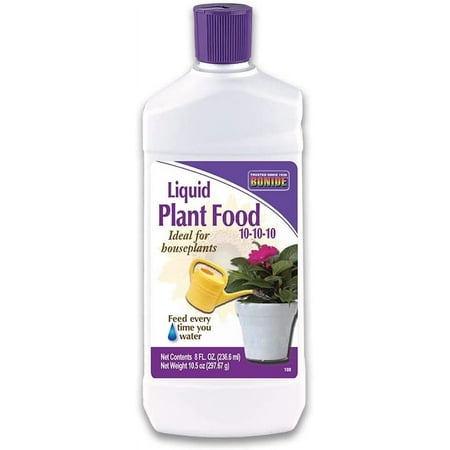Feeding hostas will give you strong, stunning plants, but how you do it differs season-to-season – we reveal the perfect regime
How to fertilize hostas in spring and summer, including the best feeds to use
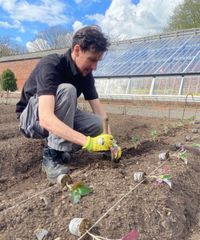
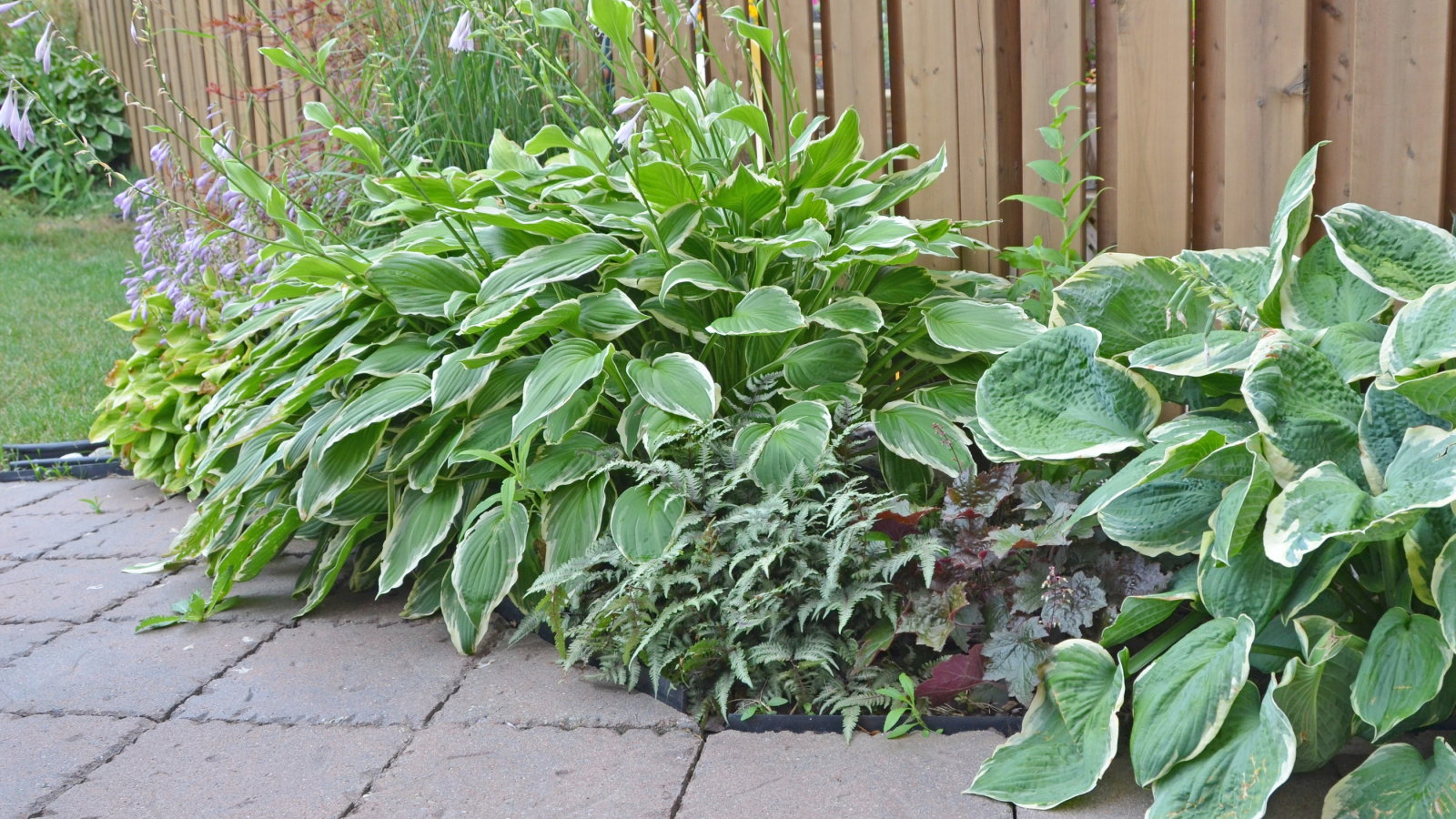
Hostas are hugely popular perennials grown for their decorative foliage. There are hostas of different sizes, leaf shapes, and colors, with shades of green, yellow, and blue, as well as decorative variegated patterns.
A key part of growing and caring for hostas has to be feeding plants annually to keep them healthy and looking in top shape. It is recommended to fertilize hostas twice a year, and this number increases if you grow hostas in pots.
Most of the focus with hostas is on how to stop slugs eating them, but don’t overlook how important feeding plants is. This focused piece looks at when and how to fertilize hostas, including the best time to feed and the types of products to use. It’ll ensure your hostas look superb year after year.
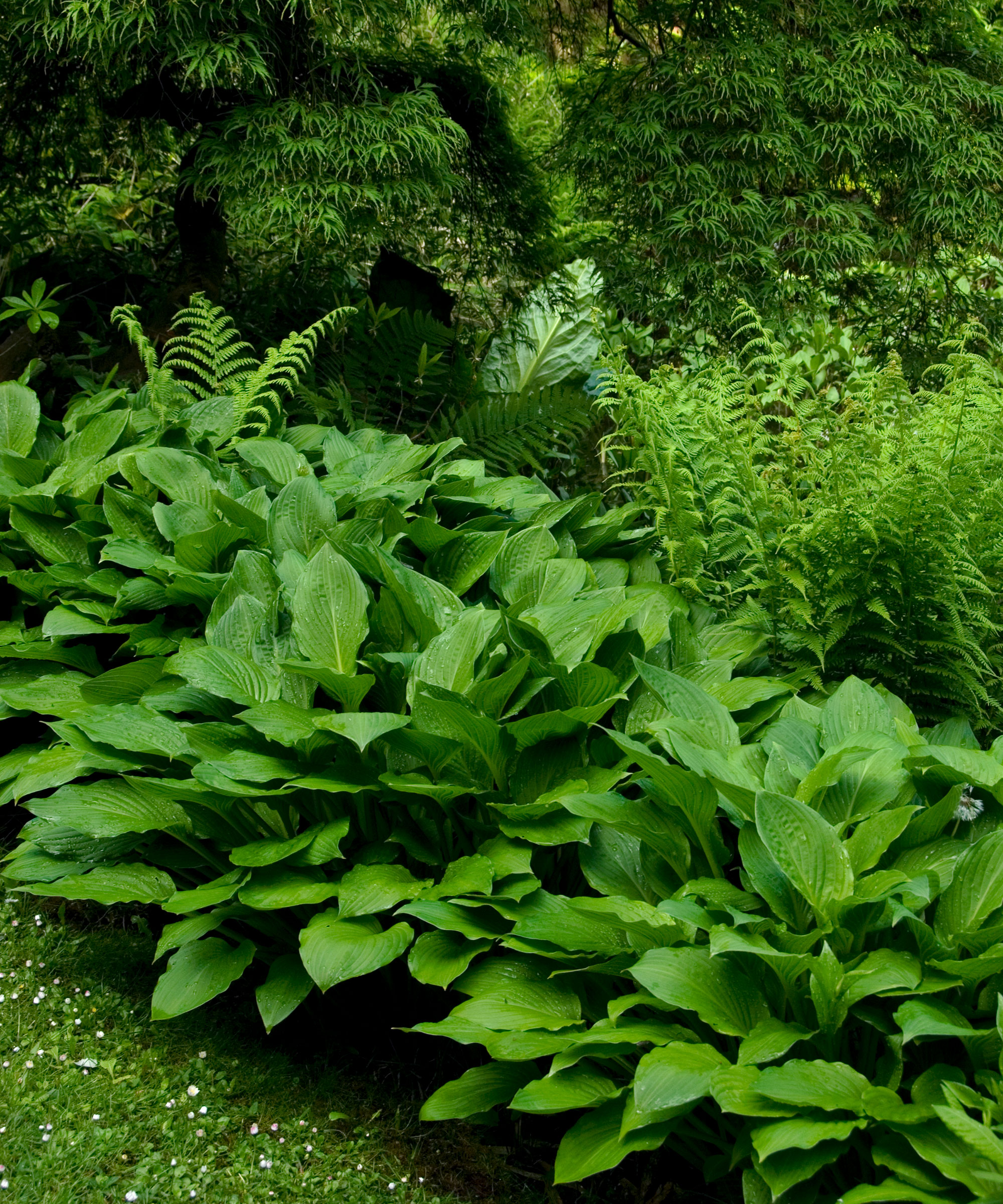
When to fertilize hostas
It all starts when you plant hostas. Hostas like rich and well-draining soil, so mixing in organic matter, such as compost or well-rotted manure, before planting, and using a slow-release, balanced fertilizer helps get hostas off to a great start in their new home.
Going forward, knowing the best time to fertilize hostas keeps them performing at their best season after season. As for how often to fertilize hostas, there are two ideal times for thriving plants:
- The first window to fertilize hostas is in spring, when the new growth starts to emerge. This is an ideal time to give plants the nutrients to develop strong early foliage growth.
- Fertilizing hostas in early summer is also recommended. As the Delaware Valley Hosta Society says: 'An application of fertilizer during the first part of summer will be appreciated by your garden treasures. Place the fertilizer around the dripline of your hosta, not on top of the crown. Be nice to your plants; kindness goes a long way.'
There is one major fertilizing mistake to avoid, and that is feeding them in mid to late summer. The East Tennessee Hosta Society warns: 'Do not fertilize after August because this will cause growth of soft foliage that would be damaged by early frosts.'
When you grow hostas in pots in a container garden, they will require extra attention. Give them a feed in spring, like with hostas in the ground, followed by a monthly dose of general-purpose liquid fertilizer until the end of August.
Design expertise in your inbox – from inspiring decorating ideas and beautiful celebrity homes to practical gardening advice and shopping round-ups.
How to fertilize hostas
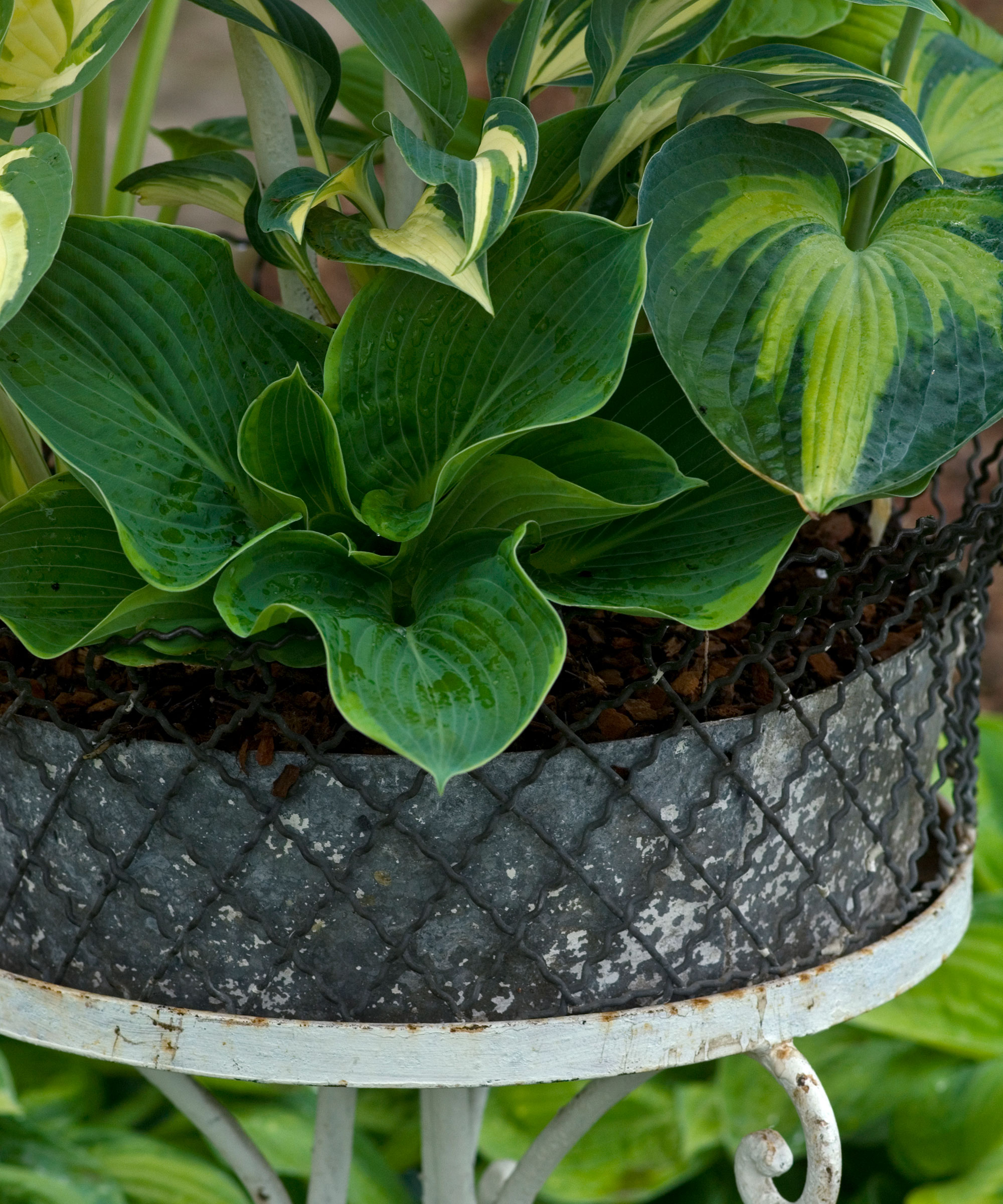
Picking the right fertilizer for hosta plants will give the best results and help avoid hostas turning yellow due to a lack of nutrients. The fertilizer requirements differ in spring and summer, plus there are real benefits to discover from mulching hostas.
To fertilize hostas in spring
The best type of feed to fertilize hostas in spring is a balanced granular fertilizer with an NPK of 10-10-10. This gives a safe level of nitrogen, phosphorus, and potassium, and a slow-release product will release these essential plant nutrients over several months.
Examples of a balanced fertilizer are granular all-purpose feeds designed for flowers, including products from big names such as Growmore or Miracle-Gro, chicken manure pellets, and worm castings.
This 10-10-10 all-purpose fertilizer at Amazon is ideal for the task, while these organic worm castings at Amazon offer a lower NPK ratio but do make a great natural slow-release feed.
To fertilize hostas in summer
During early summer, you can give a second application of the same feed as spring, just in liquid form rather than granular. Such as this 10-10-10 liquid fertilizer with seaweed and iron at Amazon.
Such liquid feeds are mixed with water and applied when you water plants, and they provide a quicker dose of nutrients than granular products. The nitrogen in the feed will keep foliage healthy, while phosphorus helps develop strong roots to help winterize hostas.
Avoid using high-nitrogen feeds to fertilize hostas in summer, as they will encourage the lush production of foliage that will be extremely attractive to slugs.
You can get liquid feeds from stores to fertilize hostas in summer, such as a tomato feed, or there are ways to make a plant fertilizer. This includes making compost tea, steeping a comfrey feed or making a plant fertilizer using weeds, such as nettles.
Mulching hostas
Mulching hostas with organic matter, such as compost, leaf mold, bark, or shredded leaves, will suppress weeds, regulate the soil temperature, retain moisture in the soil, and release nutrients to the plants as it decomposes.
Add a 2-3 inch layer of mulch in spring, taking care only to spread it around the hostas and not putting it over the crown of the plant.
Shop more fertilizer options for hosta plants
FAQs
Is tomato feed good for hostas?
A liquid fertilizer designed for growing tomatoes can be beneficial, especially for feeding hostas in pots.
Are coffee grounds good for hostas?
Used coffee grounds do add nutrients to the soil. They can be beneficial if spread around hosta plants, as they will both feed them and stop slugs destroying plants, as coffee grounds can help deter slugs and snails.
Can I use Miracle-Gro on hostas?
Yes, there are beneficial Miracle-Gro products you can use on hostas. For example, the water-soluble all-purpose plant food at Amazon can feed hostas in summer, both in the ground or containers, while the shake’n’feed all-purpose plant food, also at Amazon, can be used to fertilize hostas in spring.
Another key maintenance task is dividing hostas every four or five years. The performance can wane if the clumps get compacted, so dividing plants in early spring, just before they start to grow, helps you rejuvenate clumps and give you more plants to add around the garden.
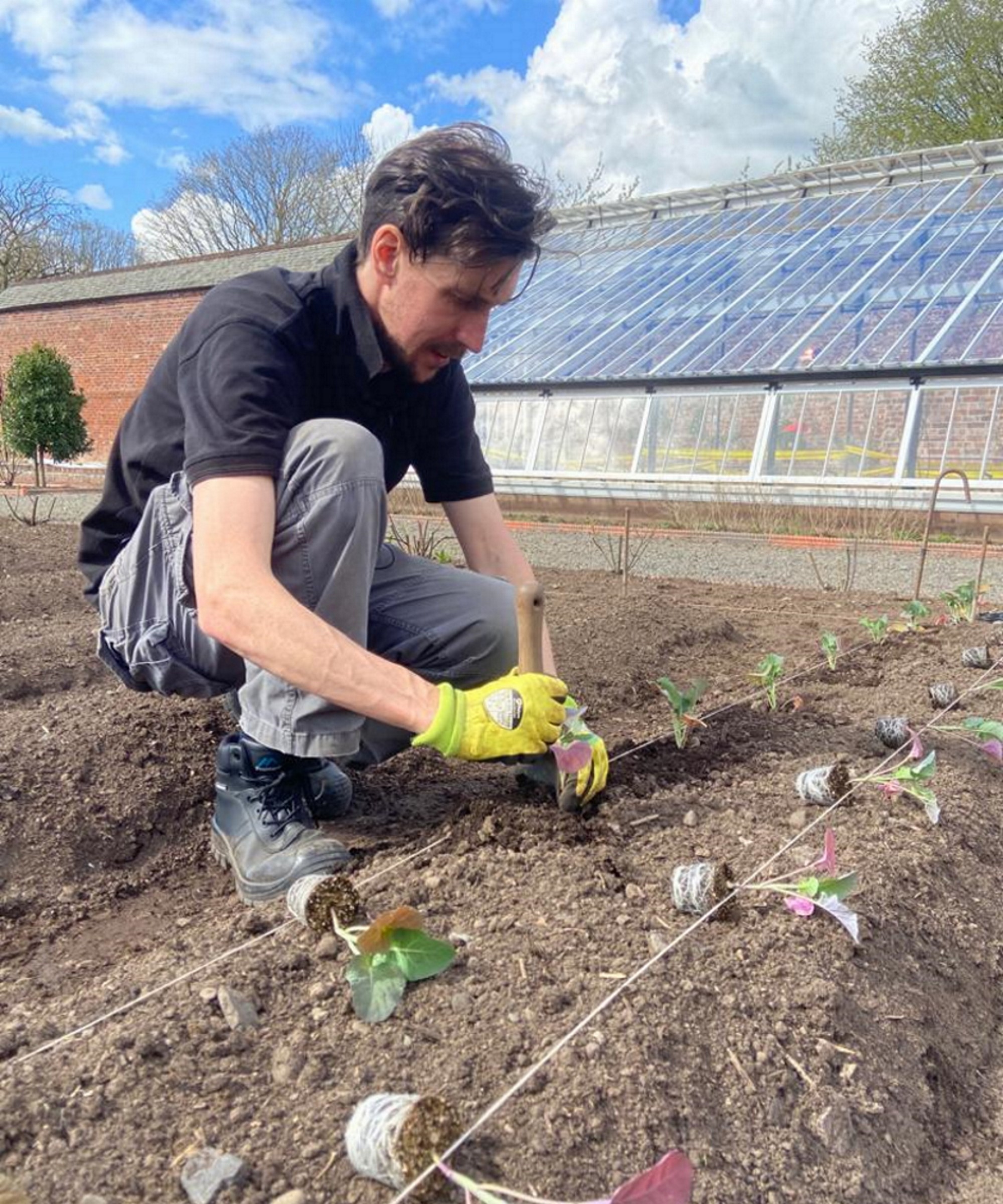
Drew has worked as a writer since 2008 and was also a professional gardener for many years. As a trained horticulturist, he worked in prestigious historic gardens, including Hanbury Hall and the world-famous Hidcote Manor Garden. He also spent time as a specialist kitchen gardener at Soho Farmhouse and Netherby Hall, where he grew vegetables, fruit, herbs, and cut flowers for restaurants. Drew has written for numerous print and online publications and is an allotment holder and garden blogger. He is shortlisted for the Digital Gardening Writer of the Year at the 2025 Garden Media Guild Awards.
